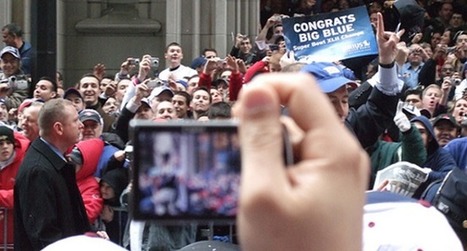The best thinking about journalism’s future benefits from its being in touch with technology’s potential. But it can get in its own way when it simplifies and repudiates the intelligence of journalism’s past.
That is happening, to a degree, in a discussion gaining momentum lately that journalism should now largely move beyond fact gathering and toward synthesis and interpretation.
The NSA story is just the latest case that shows the importance, and the elusiveness, of simply knowing what has really happened.
In a Nieman Journalism Lab post, Jonathan Stray made the case recently for moving beyond facts, or what might be called The Displacement Theory of Journalism. “The Internet has solved the basic distribution of event-based facts in a variety of ways; no one needs a news organization to know what the White House is saying when all press briefings are posted on YouTube. What we do need is someone to tell us what it means.”...



 Your new post is loading...
Your new post is loading...









Thoughtful post from Tom Rosenstiel about the challenges of journalism and need for interpretation, context... Journalists need to do more than interpret the stream of nonsense in the social media channels whether from official sources or the public.